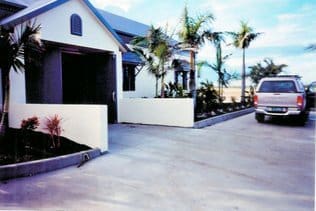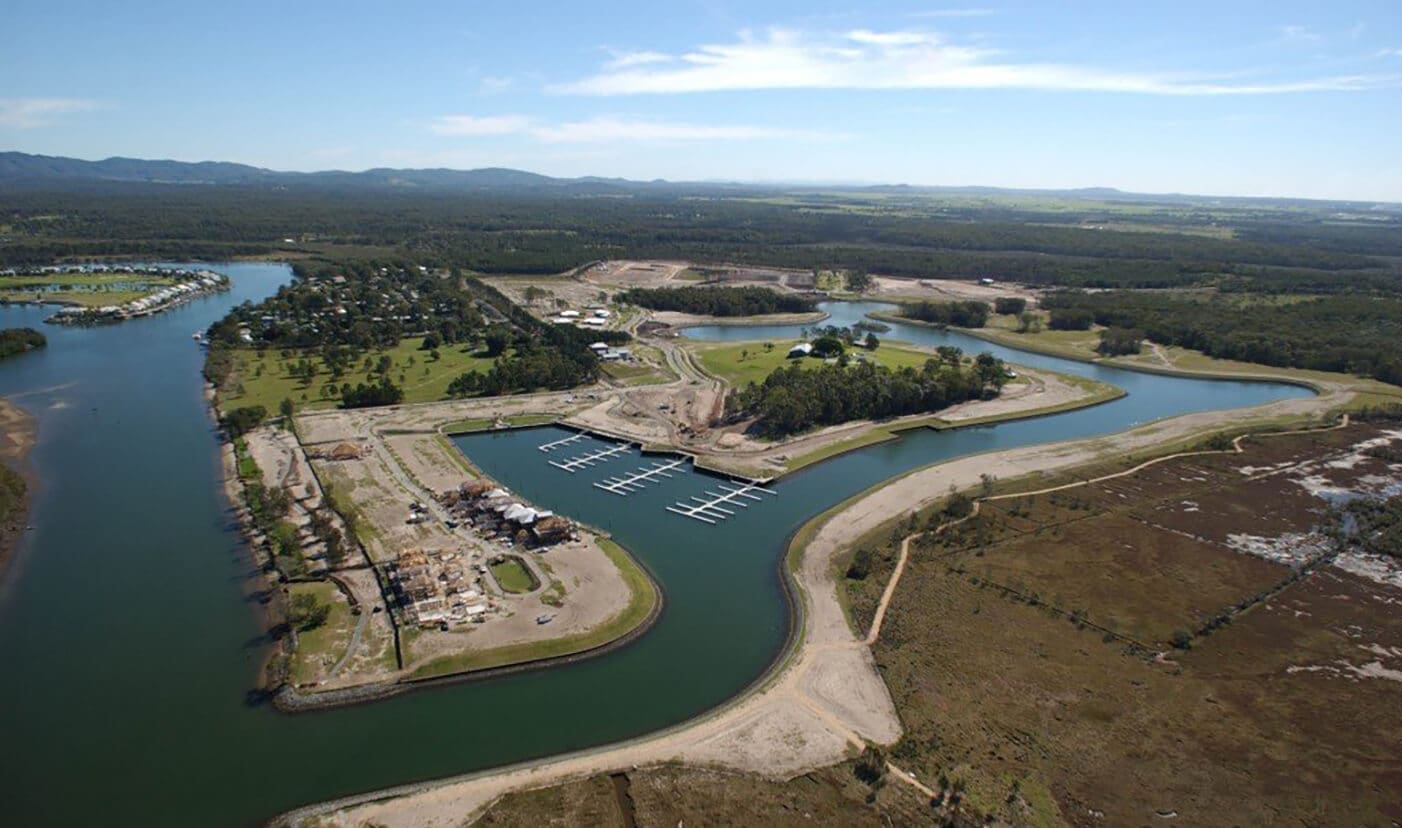The Vacuum Pump Station (VPS) houses a collection tank of the collected sewage; discharge pumps to send the sewage to the treatment plant; system controls that automate the station and vacuum pumps which create a negative pressure in the vacuum mains. (-0.5 -0.7 bar).
Here is an overview of Flovac’s Vacuum Pump Stations
- There is usually only one VPS is required in an average sized catchment area.
- All electrical and mechanical equipment is housed in a dry environment, so the operator’s staff are never in contact with any wastewater.
- All odours are minimized using our innovative bio filter.
- Ideally a VPS is located centrally within a catchment area but this can be flexible subject to the designer’s needs.
- A backup generator can be located at the VPS ensuring non-stop operation in areas where power is a problem or susceptible to hurricanes or cyclones.
- Flovac can lease and install temporary pump stations on a short time basis before the main station is finally built. Read more here. We also offer Deployable Vacuum Systems.
When it becomes time to upgrade any Vacuum Pump Station equipment then it’s best to consult Flovac first, as important considerations need to be made. For example, changes to pumps may affect temperatures in your VPS, as well as controls in the station.
Upgrades of a VPS may solve any current system problems or it can be an opportunity to add more connections to the catchment area. If you’re considering changes to your VPS, please Contact Flovac’s Engineers or Operators.



 Previously collection tanks were made from mild steel and fiberglass. However the majority of Flovac’s Collection Tanks are now made of Stainless Steel 316 to combat wastewater’s corrosive nature and the seaside atmospheric conditions as Flovac has many vacuum systems in close proximity to saltwater seas and oceans.
Previously collection tanks were made from mild steel and fiberglass. However the majority of Flovac’s Collection Tanks are now made of Stainless Steel 316 to combat wastewater’s corrosive nature and the seaside atmospheric conditions as Flovac has many vacuum systems in close proximity to saltwater seas and oceans.
 Vacuum Pump Station buildings can be easily designed to blend into the local area.
Vacuum Pump Station buildings can be easily designed to blend into the local area.



